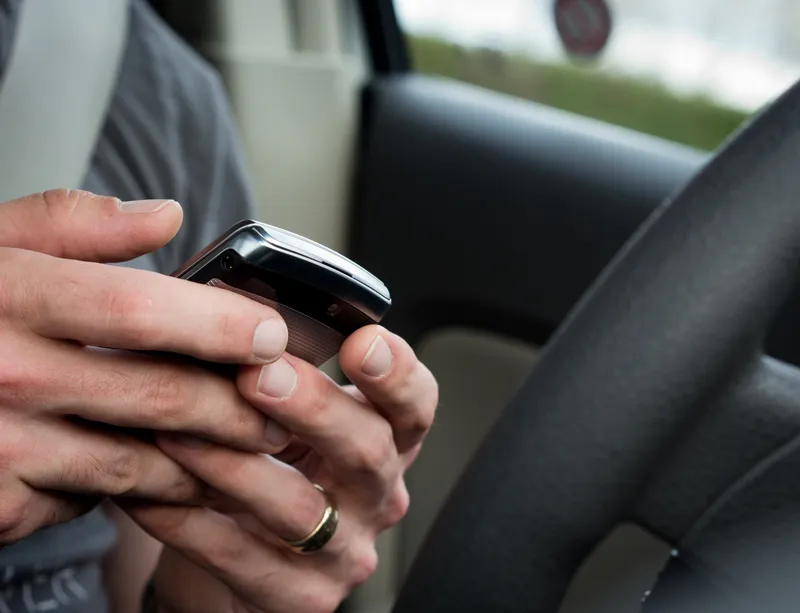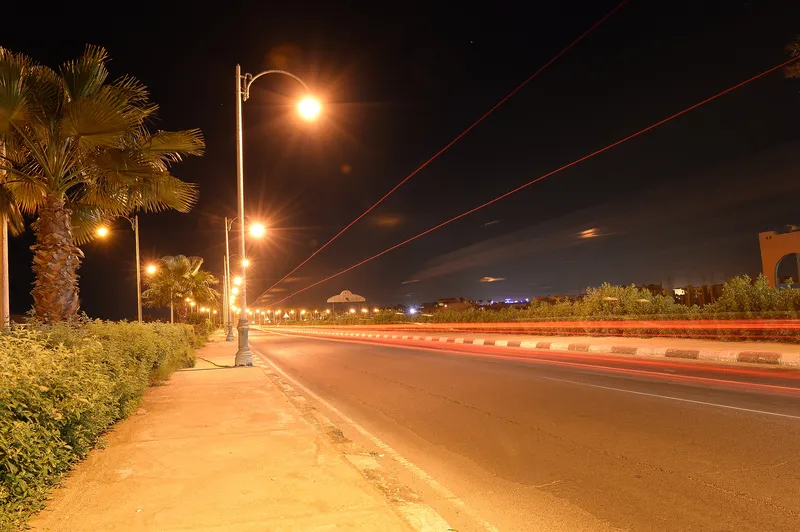
The Governors Highway Safety Association (GHSA) has released a report designed to inform US and state and local efforts to strengthen distracted driving laws.
Using Electronic Devices While Driving: Legislation and Enforcement Implications examined existing state and provincial legislation and evaluated the benefits and impediments associated with enacting and enforcing electronic device legislation.
The study included a review of existing laws in all 50 US states, the District of Colombia and 10 Canadian provinces and conducted an in-depth review of 20 selected jurisdictions.
Findings were used to develop customised tools for different audiences, including model legislation and a highlight document for legislators on the importance of electronic device use legislation.
The in-depth review revealed jurisdictions used different strategies to enact or revise distracted driving laws, including building a coalition or team, starting with a basic texting law and adding more rigorous clauses, and adopting local ordinances.
The document emphasises that further evaluation is necessary to determine the effectiveness of electronic device use laws, fines, penalty structures, and public awareness campaigns.
The report is the first project under the Behavioral Traffic Safety Cooperative Research Program (BTSCRP), a collaboration involving the GHSA, National Highway Traffic Safety Administration and National Academies of Sciences, Engineering, and Medicine’s Transportation Research Board.
BTSCRP seeks to increase understanding of behavioural traffic safety topics and propose practical solutions.








